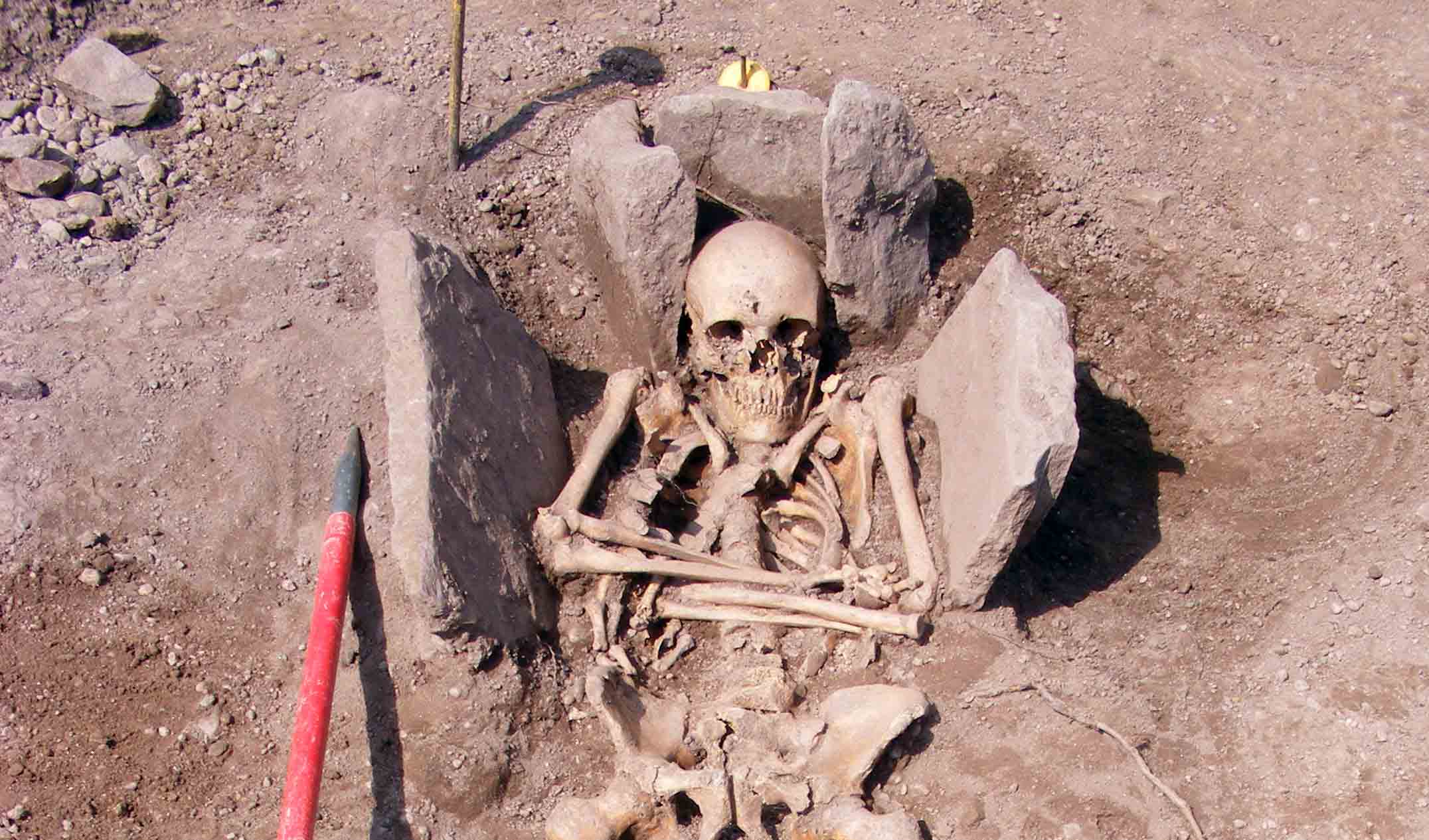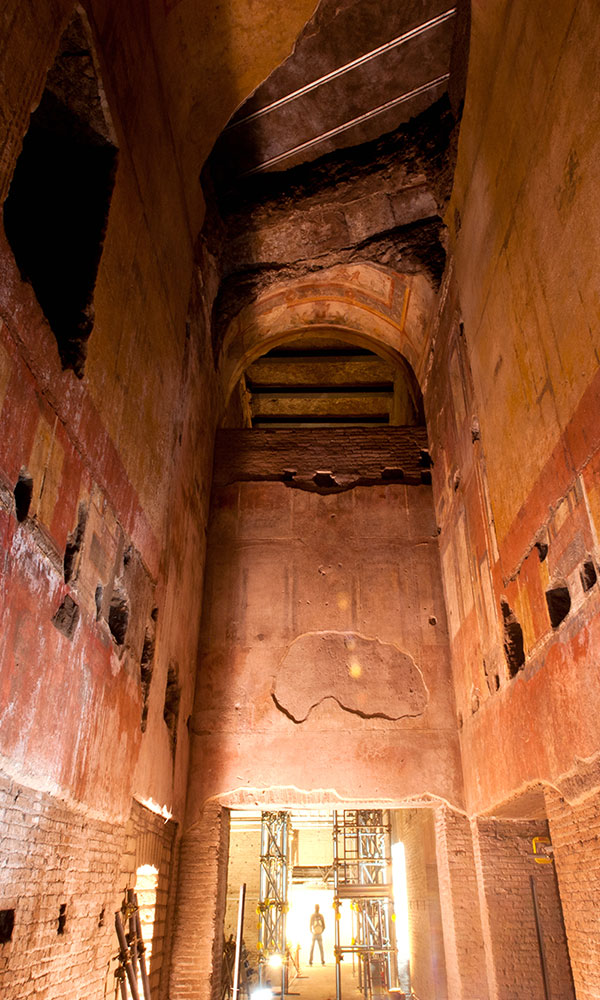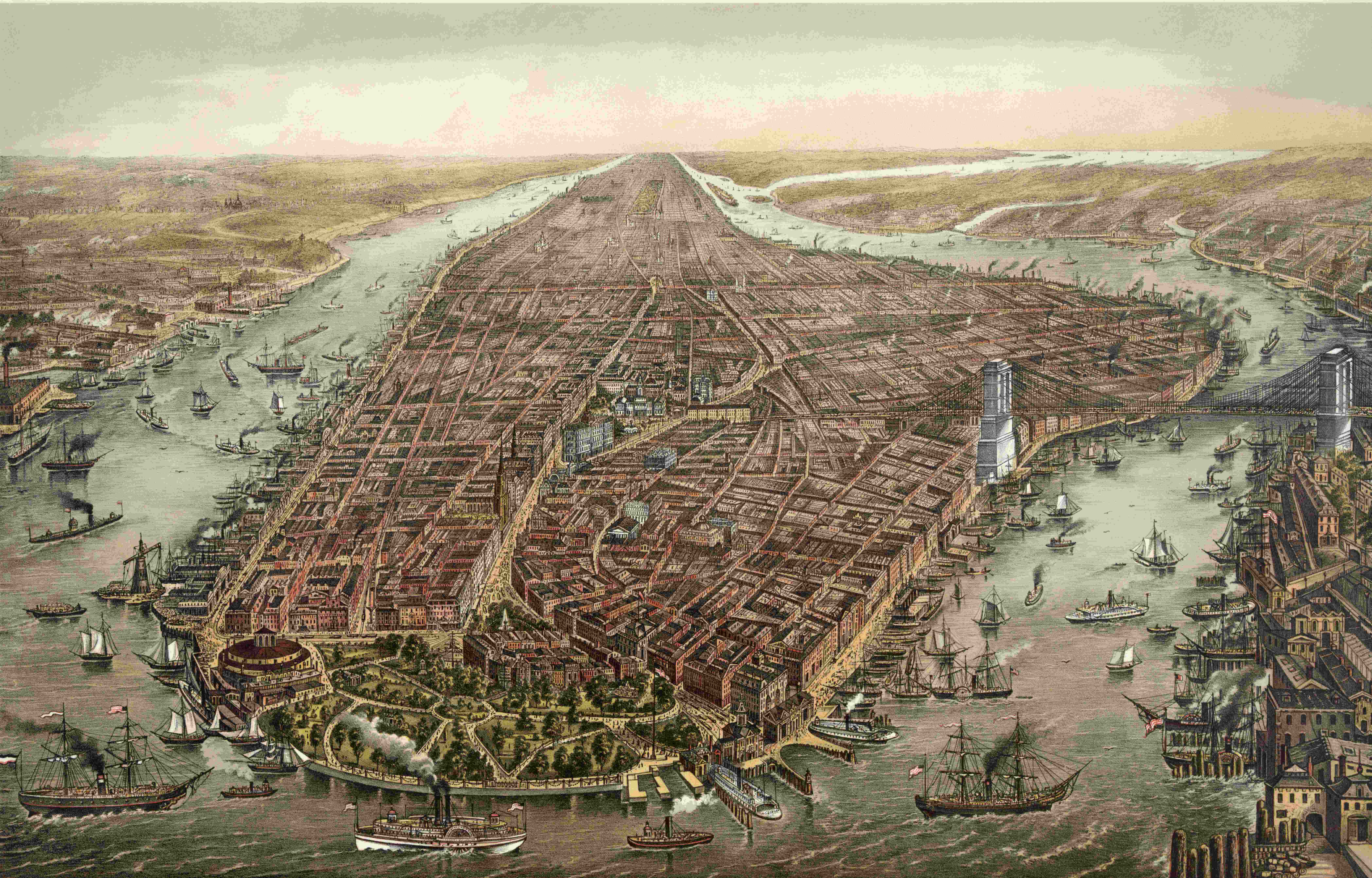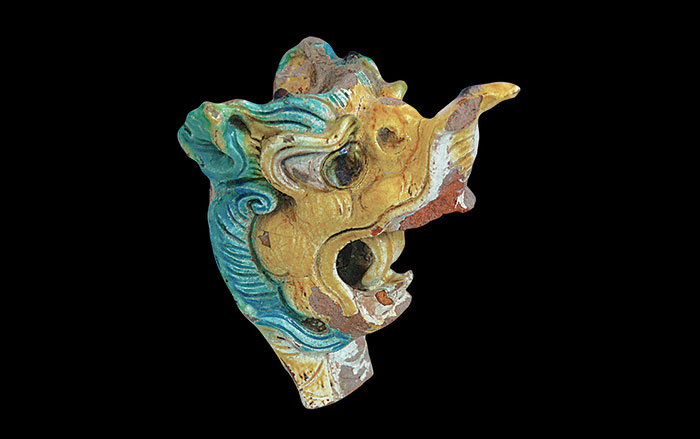
The remains of an injured medieval knight who may have had a serious appetite for jousting have been identified among some 2,500 skeletons unearthed at England’s Hereford Cathedral. The knight immediately stood out because of unusual fractures on the right side of the body. “We were aware of this individual even before he was removed from the ground,” says Headland Archaeology’s Andy Boucher, who supervised the project’s post-excavation analysis. Osteological examination shows that the injuries, including many broken ribs and a shattered shoulder, were the result of blunt force trauma. “In a jousting tourney the knights used blunt weapons,” says Boucher. “If these had been battle wounds, some sharp trauma would be expected.”
The identity of the knight remains a mystery, though isotopic analysis of his teeth shows that he was probably born in Normandy and moved to Hereford as an adult. He was about 45 when he died, and not fully recovered from the injuries, suggesting he was still jousting at a relatively advanced age. Once the remains are carbon dated, it may be possible to identify him in contemporary tournament records.












